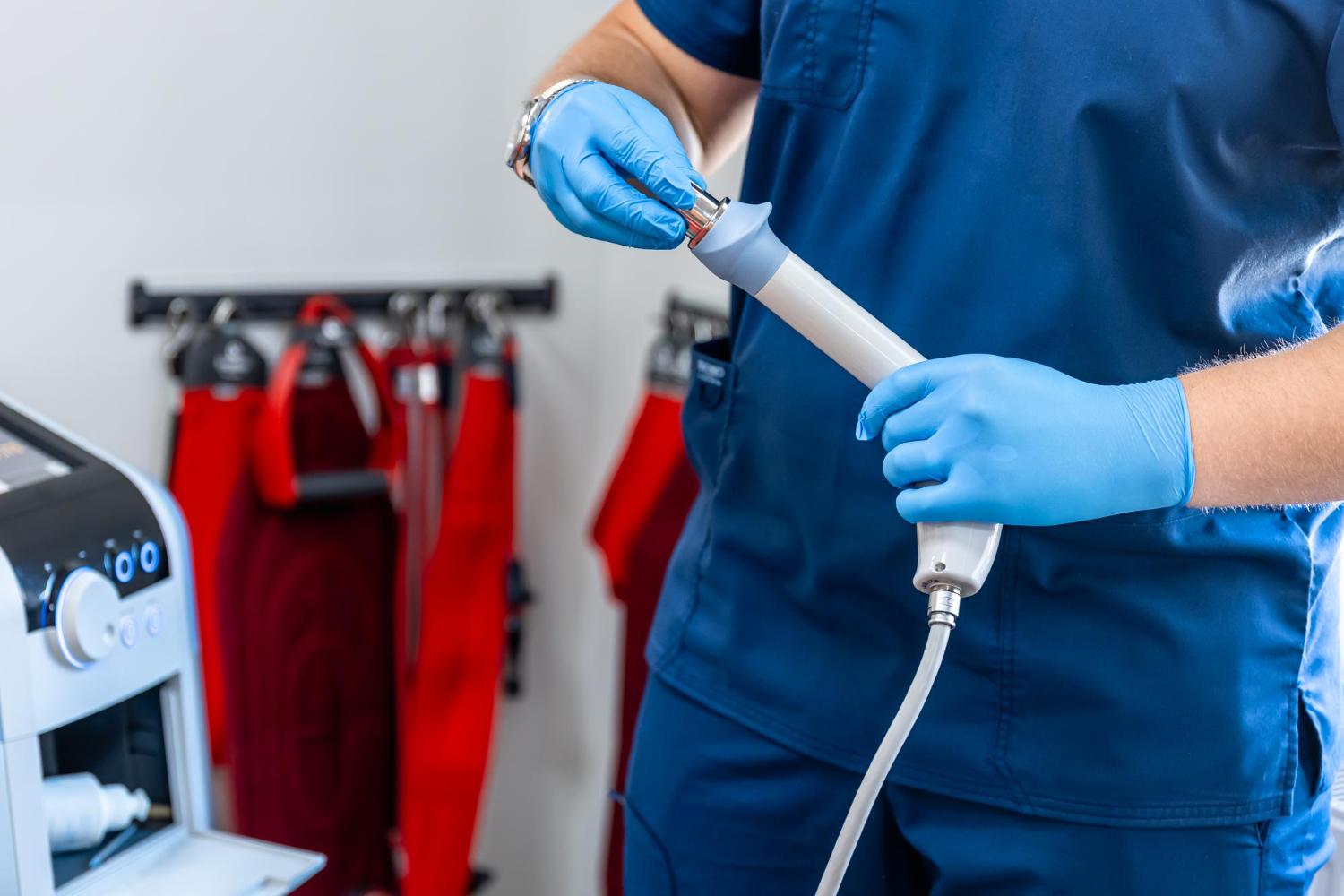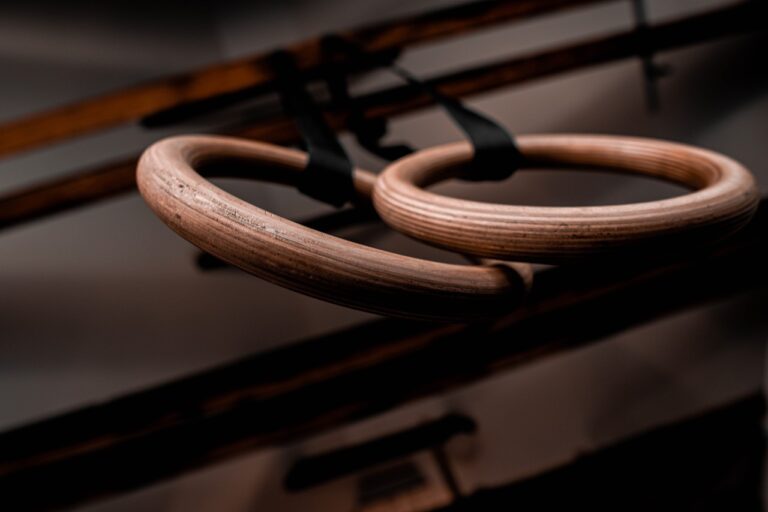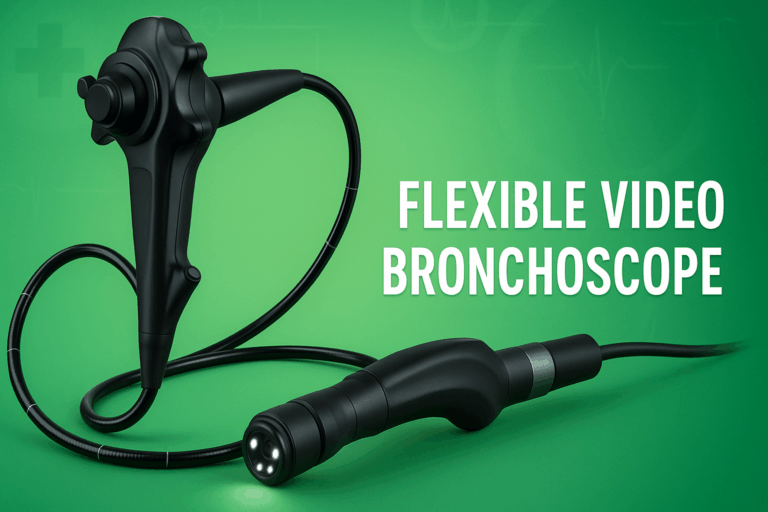Rigid Cystoscope: A Complete Guide to Uses, Benefits, and Procedure
A Rigid Cystoscope is a highly specialized medical instrument widely used in the field of urology for diagnosing and treating conditions affecting the bladder and urethra. As healthcare advances, this tool has become essential for doctors who need clear visualization of the urinary tract. Understanding how it works, what the procedure involves, and why it is preferred in many clinical settings can help patients feel more confident when undergoing cystoscopic examinations.
What Is a Rigid Cystoscope?
A rigid cystoscope is a firm, tube-shaped device made of stainless steel and equipped with lenses, channels, and light sources. Unlike the flexible version, this instrument does not bend, which allows clearer imaging and better control during surgical procedures. It is primarily used for tasks that require precision, such as removing bladder stones, taking biopsies, or treating small tumors.
Modern devices are designed with durable materials and advanced optics to provide sharp visuals that help urologists perform procedures safely and efficiently. Because accuracy is crucial in diagnosing urinary issues, the rigid cystoscope plays a vital role in ensuring reliable results.
How a Rigid Cystoscope Works
The functionality of a rigid cystoscope is based on direct visualization. After proper sterilization, the device is gently inserted through the urethra into the bladder. A powerful light source, often LED or fiber-optic, illuminates the interior of the urinary tract. High-resolution lenses transmit detailed images through an eyepiece or to a monitor.
Multiple channels inside the instrument allow the doctor to introduce irrigation fluids, surgical tools, or biopsy forceps. This multi-channel design is what makes the rigid cystoscope ideal for both diagnostic and therapeutic purposes. Its rigidity ensures stable movements, reducing the chance of errors during delicate procedures.
Common Uses of a Rigid Cystoscope
Urologists rely on the rigid cystoscope for a variety of bladder and urethral conditions. Some of the most common applications include:
1. Diagnostic Inspection
Used to examine the urinary tract for abnormalities such as inflammation, bleeding, infections, or structural defects.
2. Biopsy Collection
When unusual tissue is found, samples can be taken through the instrument for laboratory testing.
3. Removal of Bladder Stones
Small stones can be broken and removed using tools passed through the cystoscope.
4. Tumor Treatment
Early-stage tumors may be treated with minimally invasive techniques, reducing the need for open surgery.
5. Urethral Stricture Evaluation
The instrument helps identify and sometimes dilate narrowed sections of the urethra.
6. Post-Surgical Follow-ups
Doctors use it to monitor healing after bladder or urethral surgery.
With such wide applicability, the rigid cystoscope is considered one of the most valuable tools in modern urology.
Procedure: What a Patient Can Expect
The procedure involving a rigid cystoscope is usually quick and performed on an outpatient basis. Here’s what typically happens:
1. Preparation
Patients may be advised to empty their bladder before the examination. In some cases, antibiotics are prescribed to prevent infections.
2. Anesthesia
Local, spinal, or general anesthesia may be used depending on the complexity of the procedure. For simple diagnostic checks, local anesthesia is often sufficient.
3. Insertion of the Instrument
The rigid cystoscope is inserted carefully into the urethra. Sterile fluid may be used to expand the bladder, allowing better visibility.
4. Examination or Treatment
The doctor observes the bladder walls and urethra, capturing images if necessary. If treatment is required, special tools are passed through the cystoscope to complete the procedure.
5. Completion
Once the evaluation or treatment is finished, the instrument is removed, and the patient is monitored briefly before being discharged.
The entire process generally takes between 10 to 30 minutes depending on the purpose.
Benefits of a Rigid Cystoscope
Using a rigid cystoscope offers several advantages for both patients and healthcare professionals:
High-Quality Imaging
The rigid structure stabilizes the optics, producing clearer visuals compared to flexible devices.
Precision for Surgical Procedures
The stability provided by this instrument allows surgeons to perform complex tasks with greater accuracy.
Durability
Rigid cystoscopes are known for their long lifespan due to strong stainless-steel construction.
Versatility
They support multiple functions including imaging, biopsy, and minor surgeries — all in a single session.
Reduced Hospital Time
Most procedures are minimally invasive and completed within a short duration.
These benefits make the rigid cystoscope a preferred choice in clinics and hospitals worldwide.
Possible Risks and Aftercare
Although procedures involving a rigid cystoscope are generally safe, some patients may experience temporary discomfort. Possible side effects include:
-
Mild burning during urination
-
Slight bleeding
-
Increased urge to urinate
-
Lower abdominal discomfort
These symptoms usually resolve within 24–48 hours. Doctors recommend drinking plenty of water to flush the urinary tract and avoid infections. If persistent pain, fever, or heavy bleeding occurs, medical attention is required.
Why the Rigid Cystoscope Is Important in Modern Urology
The rigid cystoscope remains an essential tool because it combines diagnostic capability with therapeutic precision. As urology continues to evolve with new technologies, this instrument continues to support minimally invasive procedures that help patients recover faster. From early disease detection to effective surgical interventions, it plays a critical role in improving urinary health outcomes.
Conclusion
A rigid cystoscope is one of the most reliable and effective tools used by urologists to diagnose and treat conditions of the bladder and urethra. Its strong build, advanced optical technology, and versatility make it indispensable in modern medical practice. Patients who understand the process and purpose of this instrument often feel more comfortable and reassured during their procedure. With its clear advantages and wide range of uses, the rigid cystoscope will continue to play a central role in advancing urological care.







